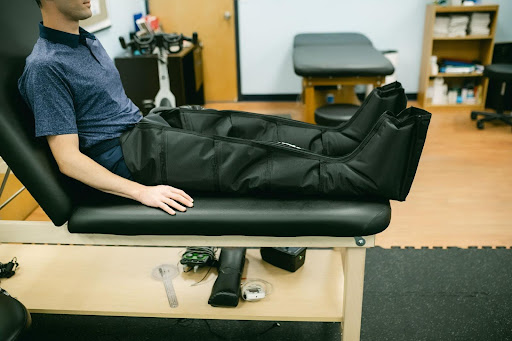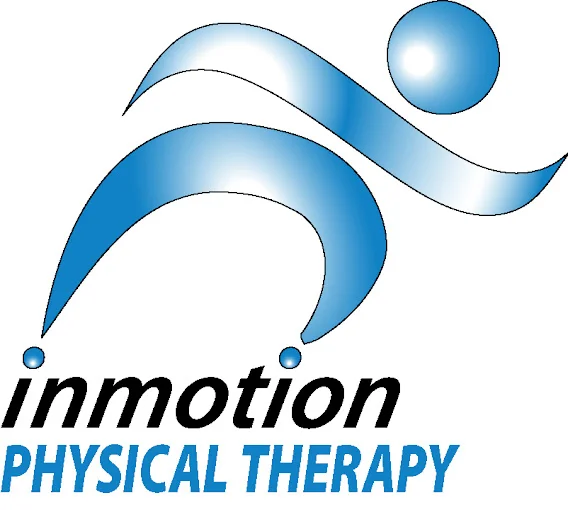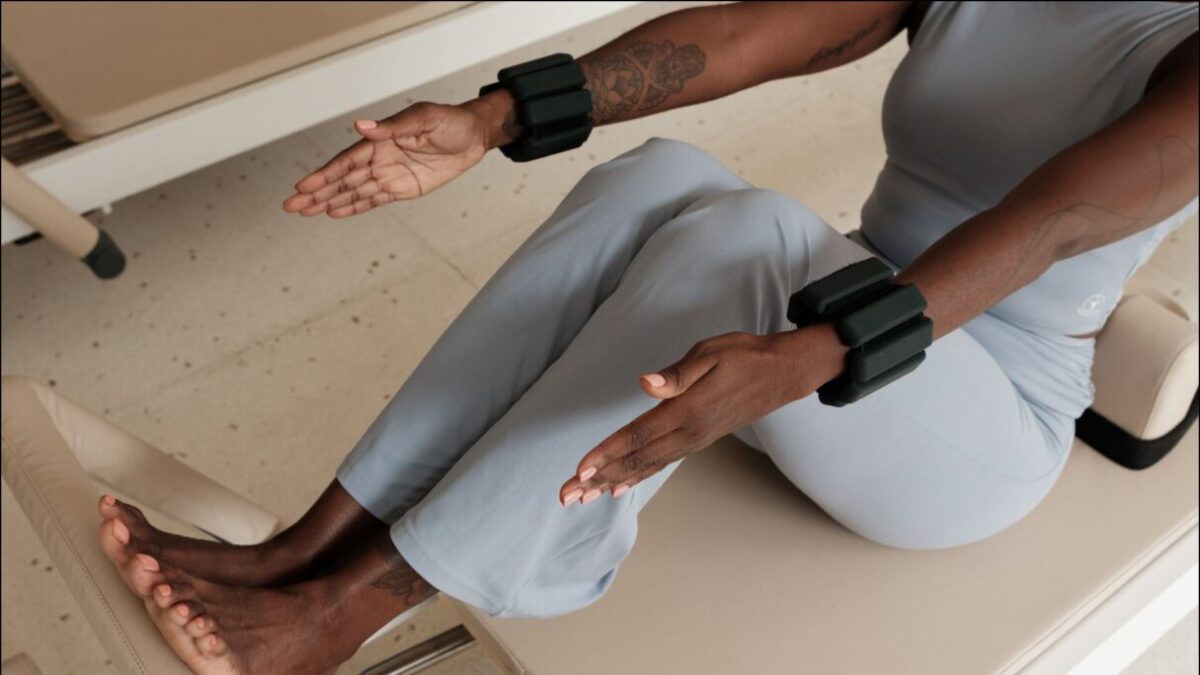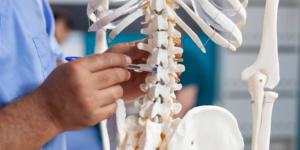Here’s a shocking statistic: Nearly half of all adolescent baseball pitchers report shoulder or elbow pain during the season. But here’s the game-changing news – 49% of these injuries are preventable with the right arm care program.
“Coach, my arm feels weird”. Those words strike fear into every baseball player’s heart. Last May, a high school pitcher came into our clinic with his dad. His velocity had dropped, his location was slightly off, and the front of his shoulder was hurting him every outing, but he’d been pushing through it because playoffs were coming up. Sound familiar?
I see this pattern every year in the spring. Players think they’re doing all the “right things” – playing catch, long toss, working out – but they still end up with arm problems that could have been prevented.
In This Guide, You’ll Learn:
- The hidden risk factors that contribute to baseball arm injuries
- Evidence-based strategies to prevent throwing injuries and enhance performance
- Step-by-step warm-up and cool-down protocols from professional physical therapists
- Advanced recovery techniques used by successful players at all levels
- How to build arm strength safely with a customized training approach
- Warning signs that your arm needs professional attention
Whether you’re a pitcher, position player, coach, or parent, this comprehensive guide will give you the tools and knowledge to protect your throwing arm and perform at your best throughout the season.
Table of Contents:
Baseball Arm Care: Pre-Season Training Guide for Pitchers and Players
The Rising Epidemic of Baseball Arm Injuries: What You Need to Know
Risk Factors for Baseball Arm Injuries
Why a Baseball Arm Care Program is Essential
Effective Pre-Season Strength Exercises for Baseball Players
Proper Warm-Up and Cool-Down: Your Game Day Guide to Arm Care
Pregame Routine: Dynamic Warm-up and Mobility Work
Professional Recovery Strategies at In Motion Physical Therapy
Take Your Recovery to the Next Level
Red Flags: Warning Signs Your Arm Needs Attention
Building Arm Strength Safely: Your Custom Baseball Arm Care Plan
Frequently Asked Questions About Baseball Arm Care
How Often Should I Do My Arm Care Exercises?
When Should I Start an Arm Care Program?
The Rising Epidemic of Baseball Arm Injuries: What You Need to Know
The statistics are alarming: Nearly 50% of adolescent baseball pitchers(1) report experiencing shoulder or elbow pain while throwing during the season. As a physical therapist working with baseball players, I’ve seen these numbers reflected in my own practice, with more young athletes coming in for treatment each year.
Here’s the game-changing news that every player, coach, and parent needs to hear: 49% of these injuries can be prevented with the right arm care program(2). But here’s the crucial part – it can’t be just any generic program. It needs to be one that’s specifically designed around how your body moves and what you need as a player.
Risk Factors for Baseball Arm Injuries
Baseball arm injuries don’t just happen by chance – they’re the result of specific, identifiable patterns in how we train and play. Research has identified several key risk factors that every player, coach, and parent needs to understand:
1. Volume-Related Risk Factors
Recent studies have shown that excessive pitching volume is one of the most significant risk factors for arm injuries(3). This includes:
- High pitch counts in individual games
- Pitching for more than 8 months per year
- Playing on multiple teams simultaneously
- Participating in showcases without proper rest
- Throwing more than 100 innings per season
- Continuing to pitch with arm fatigue or pain
What’s particularly concerning is that many youth baseball coaches and parents aren’t fully aware of or don’t comply with pitch count recommendations, putting young players at unnecessary risk.
2. Pre-season Muscle Weakness
Studies have found that pre-season supraspinatus weakness is a significant predictor of major injuries during the season. This highlights the importance of proper pre-season conditioning. Strength Training is not only an adjunct to baseball skill training, it is an essential component of a good injury prevention program.
3. Mobility Deficits
Perhaps most alarming is that high school players with a Glenohumeral Internal Rotation Deficit (GIRD) of more than 25° in their throwing shoulder are nearly 5 times more likely to suffer an injury5. This condition, often overlooked but easily treated, can create devastating biomechanical faults in your throwing motion.
Limited shoulder flexion (the ability to raise your arm overhead) is another key predictor of injury. Players who can’t achieve full overhead range of motion often compensate in ways that place excessive stress on their throwing arm.
The throwing motion is a full-body movement chain. Restrictions in neck and upper back rotation can affect how you follow through, while limited hip mobility can force your arm to compensate during the throwing motion.
Call (516)659-1087 or click here to schedule your comprehensive baseball mobility screening at our Farmingdale location.
Don’t let preventable mobility issues sideline your season. Let our team help you throw harder, perform better, and stay healthy on the field.
Why a Baseball Arm Care Program is Essential
Imagine being able to cut your risk of arm injury in half while potentially increasing your throwing velocity. Sounds too good to be true? The research tells a different story.
The Science Behind Arm Care Success
Multiple studies have demonstrated the remarkable effectiveness of structured arm care programs:
- Youth players (ages 8-11) who followed a consistent strengthening and stretching routine showed a stunning 49.2% reduction in medial elbow injuries
- Another study with players ages 9-11 revealed that just 10 minutes of targeted exercises – including stretching, dynamic mobility, and balance training – reduced injury risk by 48.5%
- Even more impressive? The same study found that players who followed the program actually increased their throwing velocity
Beyond the Numbers: Real Impact on Your Game
These aren’t just statistics – they represent the difference between:
- Taking the mound with confidence vs. wondering if your arm will hold up
- Maintaining your velocity in late innings vs. losing steam when it matters most
- Being available for crucial games vs. sitting in the dugout with arm pain
- Enjoying a long baseball career vs. cutting your season short due to injury
Think about this: Studies show that youth baseball players who participate in structured arm care programs experience nearly 50% fewer medial elbow injuries. That’s not just a statistic – it’s the difference between playing the game you love and sitting on the sidelines.
Effective Pre-Season Strength Exercises for Baseball Players
Building strength for baseball isn’t just about adding velocity to your fastball – it’s about creating a resilient throwing arm that can withstand the demands of a long season. Our evidence-based approach focuses on three key areas:
1. Rotator Cuff Strengthening
Your rotator cuff needs to be strong in two crucial ways:
- Concentric strength to powerfully accelerate your arm through the throwing motion
- Eccentric strength to safely slow your arm down after release
Our progressive strengthening program follows this science-backed sequence:
- Basic rotator cuff exercises at 0° (arm at side)
- Advanced exercises at 90° shoulder abduction
- Integration of rhythmic stabilization drills
- Sport-specific throwing positions
2. Scapular Control and Stability
Your scapula is the triangular-shaped bone on the back of your ribcage. It provides a solid foundation for shoulder movement.
Research shows that proper scapular control is essential for:
- Optimal rotator cuff function
- Proper throwing mechanics
- Injury prevention
Key focus areas include:
– Strengthening scapular retractors (muscles that pull your shoulder blades together)
– Developing scapular protractors (including the crucial serratus anterior muscle)
– Building endurance in stabilizing muscles
3. Core and Lower Body Power
Your throwing arm is only as strong as the foundation it’s built on. Our comprehensive approach includes:
Core Stability:
- Proper rib cage positioning exercises
- Rotational core strength development
- Anti-rotation stability training
Lower Body Development:
- Hip mobility and strength exercises
- Stride leg stability training
- Rotational power development
Pilates for Baseball Players
For baseball players serious about their arm health, our specialized Pilates for Athletes program provides an ideal complement to traditional strength training. This program specifically targets:
- Deep core stability
- Rotational control
- Movement precision
- Overall body awareness
Remember: These exercises are most effective when performed with proper form and progression. Our sports physical therapy team can assess your current strength levels and design a program that’s right for you.
Proper Warm-Up and Cool-Down: Your Game Day Guide to Arm Care
Pregame Routine: Dynamic Warm-up and Mobility Work
Your arm care routine should start before you ever pick up a baseball. A proper warm-up includes:
- Shoulder mobility exercises
Moving your shoulder through full ranges of motion, gently at first and then gradually increasing the speed.
- Dynamic stretching
Raising your body temperature is an essential part of of a good warm up. Use full body dynamic stretches.
- Rotator cuff activation
Band work (like those found in the throwers 10) are great to do as a warm up before you throw.
- Core engagement work
Dead bugs, planks, and bird dogs are all great examples of core stability exercises to engage your core before throwing.
Post Game Routine: Cool Down
- Light Stretching
Move through gentle stretches in all directions while your body is still warm
- Soft Tissue Mobilization
Use a foam roller or baseball to release tension in key muscle groups that support throwing.
- Proper Nutrition, Hydration + Sleep
Focus on the basics! 8+ hours of sleep, post game protein + carbohydrates, and consistent hydration throughout the day.
- Recovery strategies
Here is where you can schedule appropriate recovery treatments based on your throwing workload and individual needs.
Professional Recovery Strategies at In Motion Physical Therapy
Recovery is both an art and a science. At In Motion Physical Therapy, we offer evidence-based recovery treatments that go far beyond simple rest and ice. Here’s how our expert team can help optimize your between-game recovery:
Advanced Recovery Treatments
- Soft Tissue Mobilization: Our specialized manual therapy techniques target specific muscle groups to reduce tension and improve tissue quality.
- Range of Motion Work: We guide you through targeted stretching sequences that maintain and improve your throwing arm’s mobility.
- Strategic Mobility Sessions: Our therapists use advanced techniques to address your individual movement restrictions and prevent compensations.
- Normatec Compression Therapy: Experience professional-grade compression therapy that enhances circulation and speeds recovery between games.
- Electrical Stimulation: We utilize targeted e-stim treatments to improve blood flow and reduce muscle tension in your throwing arm.




Take Your Recovery to the Next Level
Stop by our Farmingdale facility to experience these recovery strategies firsthand. Our baseball specialists will:
- Assess your current recovery needs
- Design a personalized recovery protocol
- Monitor your progress throughout the season
- Adjust treatments based on your throwing workload
Don’t let inadequate recovery hold you back. Learn more about how our team of experts can help
Red Flags: Warning Signs Your Arm Needs Attention
- Chronic Soreness or Pain: If your arm feels sore for more than 24 hours after throwing, it’s your body sending you a warning signal. While some muscle soreness is normal, persistent pain needs attention.
- Decreased Velocity: Notice your fastball losing some zip? Velocity drops can be an early indicator of arm fatigue or mechanical issues that need addressing.
- Poor Accuracy or Control: When your control starts to slip, it’s often because your body is compensating for weakness or fatigue somewhere in the kinetic chain.
Building Arm Strength Safely: Your Custom Baseball Arm Care Plan
Every player has unique needs, which is why cookie-cutter programs often fall short. At In Motion Physical Therapy, we take you through a proven four-step process to build arm strength safely and effectively:
1. Comprehensive Evaluation
Our baseball specialists start by conducting a thorough assessment of:
- Your throwing mechanics and movement patterns
- Current strength and mobility levels
- Previous injury history and risk factors
- Specific position demands and goals
2. Building Your Movement Foundation
Based on your evaluation, we develop a foundational program that includes:
- Proper basic movement pattern training
- Essential hands-on soft tissue mobility work
- Strength and Balance exercises with form corrections from our Sports Physical Therapy Experts
- Core stability development
3. Advanced Strengthening
Once you’ve mastered the basics, we progress to:
- Sport-specific power development
- Advanced throwing mechanics
- Position-specific training
- Performance enhancement techniques
4. Workload Management
Throughout your program, we help you:
- Track throwing volume and intensity
- Monitor recovery between sessions
- Adjust training based on game schedules
- Maintain long-term arm health
Book your comprehensive baseball evaluation today. Call (516)659-1087 or contact us here to begin building your personalized arm strength program.
Let our expert team guide you through each step of developing a stronger, more resilient throwing arm.
Frequently Asked Questions About Baseball Arm Care
Consistency is key. We recommend performing your arm care routine 3-4 times per week during the season, with additional focus during the off-season for building strength and endurance.
The best time to start is now. Research shows that preventive arm care programs are most effective when started before injuries occur. For youth players, we recommend beginning structured arm care around age 9-10.
Absolutely! Studies show that players who participate in structured arm care programs not only reduce their injury risk but often see improvements in velocity and control.
When to Consult a Physical Therapist
Don’t wait until you’re dealing with arm pain to start thinking about arm care. At In Motion Physical Therapy near Farmingdale, NY, we specialize in helping baseball players perform at their best while staying healthy. Our evidence-based approach combines:
- One-on-one care with a Doctor of Physical Therapy
- Custom arm care programs tailored to your needs
- Advanced movement analysis
- Sport-specific training strategies
- Wellness Programs (Pilates and Strength and Conditioning) catered to your needs as an athlete
Ready to take your arm care to the next level? Book an appointment at In Motion Physical Therapy today. Located conveniently near Farmingdale, we serve baseball players from across Long Island who are serious about their arm health and performance.
Sources:
- Makhni EC, Morrow ZS, Luchetti TJ, et al. Arm pain in youth baseball players: a survey of healthy players. Am J Sports Med. 2014;43:41-46. https://pubmed.ncbi.nlm.nih.gov/25367016/
- Matsel KA, Butler RJ, Malone TR, Hoch MC, Westgate PM, Uhl TL. Current Concepts in Arm Care Exercise Programs and Injury Risk Reduction in Adolescent Baseball Players: A Clinical Review. Sports Health. 2021 May-Jun;13(3):245-250. doi: 10.1177/1941738120976384. Epub 2021 Jan 29. PMID: 33514287; PMCID: PMC8083153. https://pmc.ncbi.nlm.nih.gov/articles/PMC8083153/
- Fazarale JJ, Magnussen RA, Pedroza AD, Kaeding CC, Best TM, Classie J. Knowledge of and compliance with pitch count recommendations: a survey of youth baseball coaches. Sports Health. 2012;4:202-204. https://pmc.ncbi.nlm.nih.gov/articles/PMC3435927/
- Maupin D, Schram B, Canetti E, Orr R. The relationship between acute: chronic workload ratios and injury risk in sports: a systematic review. Open Access J Sport Med Volume. 2020;11:51–75. https://pmc.ncbi.nlm.nih.gov/articles/PMC7047972/
- Burkhart SS, Morgan CD, Kibler WB. Shoulder injuries in overhead athletes. The “dead arm” revisited. Clin Sports Med. 2000;19:125-158. https://pubmed.ncbi.nlm.nih.gov/10652669/
- Sakata J, Nakamura E, Suzuki T, Suzukawa M, Akaike A, Shimizu K, Hirose N. Efficacy of a Prevention Program for Medial Elbow Injuries in Youth Baseball Players. Am J Sports Med. 2018 Feb;46(2):460-469. doi: 10.1177/0363546517738003. Epub 2017 Nov 2. PMID: 29095655. https://pubmed.ncbi.nlm.nih.gov/29095655/



